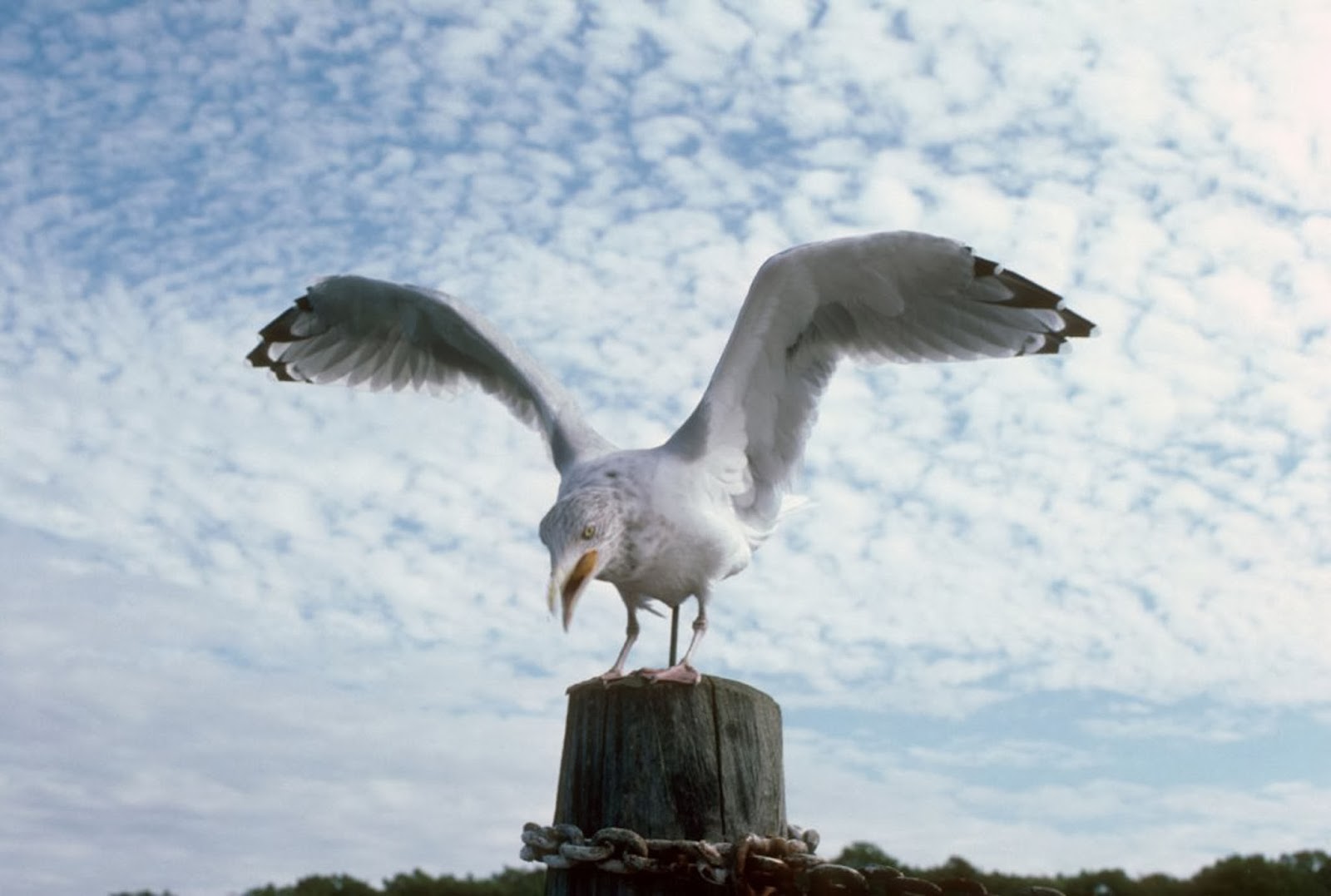It was during a semi-annual business
lunch in Montreal with a Swiss associate that I found myself bemused by his
true story of an animal encounter which had changed his life. He described how
he and his young wife had been sun-bathing on the beach while vacationing on
the French Riviera when their somnolence was broken by someone kicking sand in
their faces. It turned out not to be “someone” but “something”; in this case a
black and white Magpie displaying an obviously broken leg from which hung the
remnants of a once-carefully-taped set of wooden splints. After they had
repaired the device, the grateful bird followed them to their quarters,
refusing to leave. Clearly, it had known human companionship, but my friends
were unsuccessful in locating its owners. And so, having been “adopted” by the
patient, they took it home with them to Switzerland where it ended up sharing
their kitchen, dining table, bedroom and life. Each morning the Magpie would awaken
my friend by gently opening his eye with its beak to peek inside. It had a
place at their table and in their hearts while displaying a personality – and a
gift for language – which were endearing. Its sense of humor though could be
daunting at times, especially when left alone with my friend’s petite wife,
upon whom the Magpie delighted in practicing a well thought-out naughtiness,
purposely tipping over glasses of water, bowls of bread flour, and then mocking
her with its haughty laughter from some safe perch.
Along with crows and ravens, the
magpie is a member of the corvidae
family, a group of birds possessing a brain representing a weight larger than
that of a human when expressed as a percentage of the animal’s total body
weight. The forepart of that unique brain is believed to account for its
capacity to remember, reason, access past lessons and even mimic the voices and
behaviors of other animals and humans. After generations of living alongside
humans, corvids have adopted seven key human characteristics according to John
Marzluff and Tony Angell who write on the subject: They are language, insight, frolic, passion, wrath, delinquency,
risk-taking, and awareness. Their
ability to survive severe environmental conditions and abrupt changes in weather
and food supply reflects their willingness to share resources and cooperate
between groups and individuals, (a virtue humans might do well to emulate).
Their complex societies display a commitment to monogamy – they mate for life,
although adults who have both lost a mate may tie the knot again – show great
devotion to each other and family, and grieve over death.
Over and over again we see evidence
that crows, ravens and magpies have learned to read human behavior and
anticipate our actions. As a young boy, I learned that when armed with my .22
rifle, the crows behind our barn scattered at the sight of me, although if all
I carried was a walking stick of similar general appearance, I could walk to
within a stone’s throw.
Inda Drakborg of Sweden became
accustomed to throwing feed to the Ravens who rang her doorbell each morning
when she was home alone. At other times her angry husband Abbe cursed and threw
stones at them. Ready to go to work Abbe would find the windshield of his
Mercedes plastered in white, runny excrement. When he traded parking places
with his wife, his windshield would
still get white-washed, while Inda’s Volvo was untouched.
A clear case of avian “delinquency”
plagued National Park rangers at a campground deep in Washington State’s
Cascade Mountains when it was discovered that “someone” was removing the rubber
inserts from vehicle windshield wipers. The culprit turned out to be a raven
named “Hitchcock” and his mate. The hoped-for cure is still being measured,
since similar thefts have been detected as far away as Alaska, New Brunswick
and Yosemite in California.
One of the most impressive
experiments into a corvid’s ability to problem-solve and engage in
“tool-making” involved placing a transparent, deep and narrow glass tube where
a crow named Betty could see food in a tiny bucket with a handle, well out of
reach in its bottom. A piece of straight wire was left within Betty’s reach.
When still unable to extract the tidbit, the crow used one foot and its beak to
create a hook at one end of the wire, which she was then able to use to snare
the basket and lift it out.
All science aside, high on the list
of my “100 favorite things” – right up there with soft cotton socks and maple
syrup pancakes -- is “the sound of crows on a frosty morning”, an aural
phenomenon which never fails to harken back to my carefree days as a Vermont
farm-boy.
The
author’s purloined French fry clutched in its mouth, a brazen Herring Gull
exhibits the adaptability which permits certain birds to thrive on their close
relationship with human society.
Al Cooper Photo





No comments:
Post a Comment